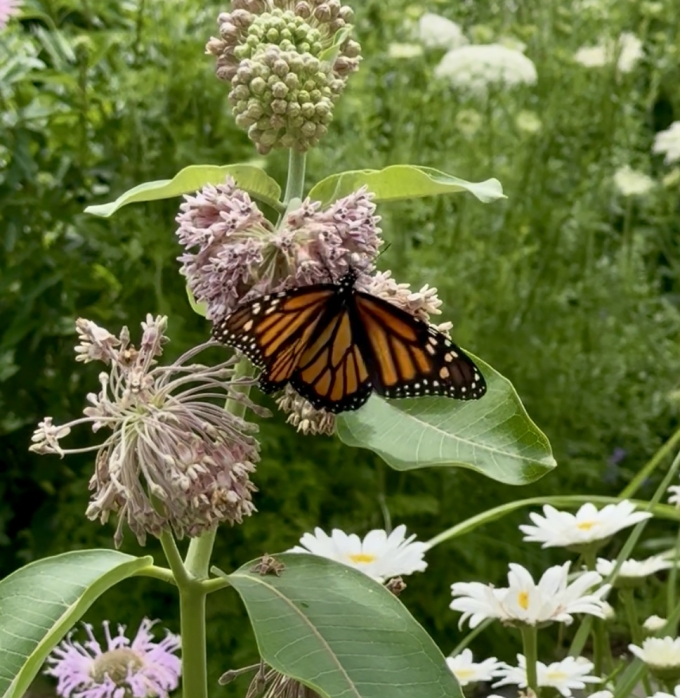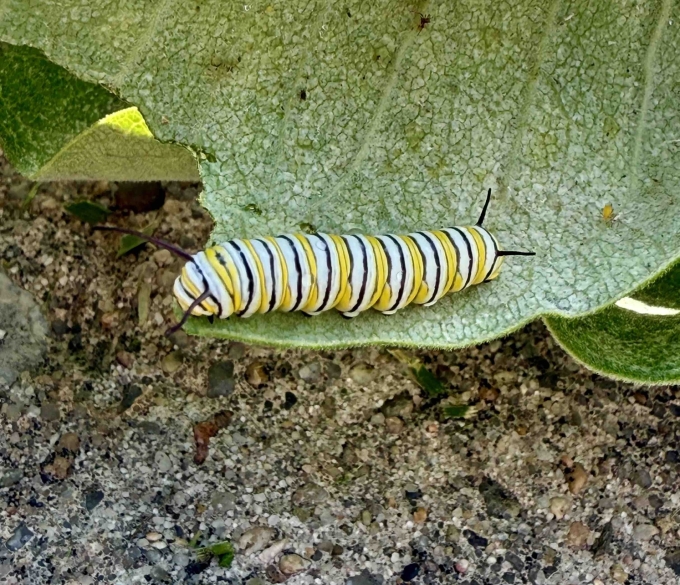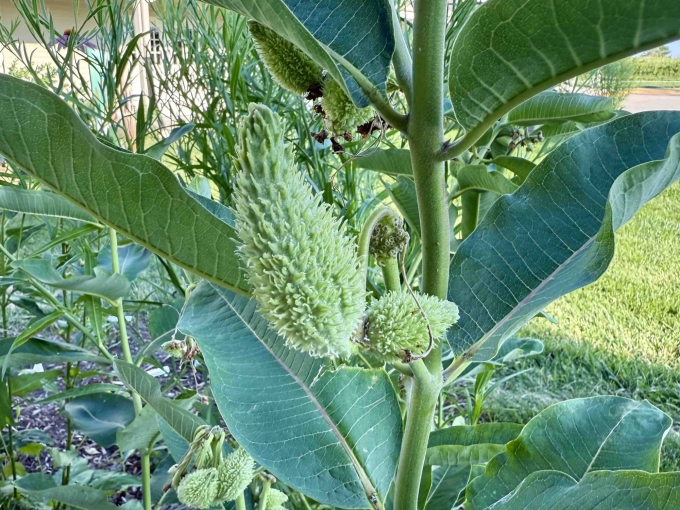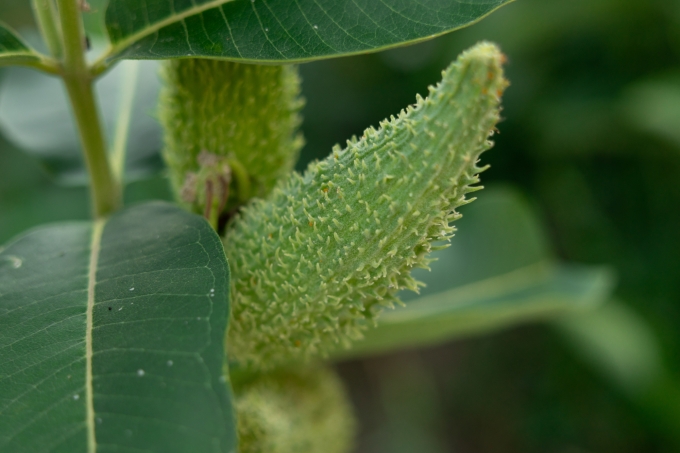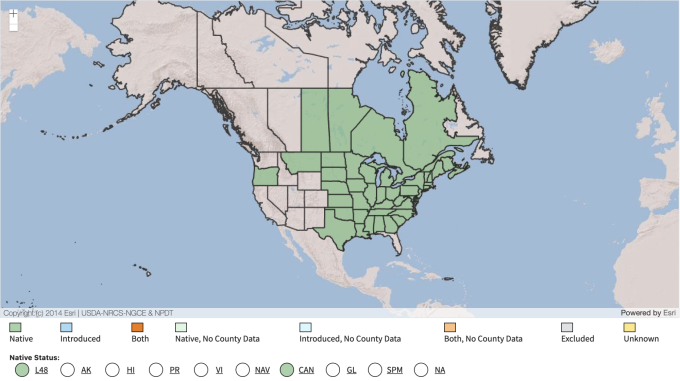Common Name: Common Milkweed
Family: Apocynaceae
Plant Type: Herbaceous Perennial
Native Range: Eastern and Central North America, including Nebraska
Hardiness Zones: 3–9
Height: 2.0 to 3.0 feet (can grow taller under ideal conditions)
Spread: 0.75 to 1.0 feet (expands through rhizomes)
Bloom Time: June to August
Bloom Description: Fragrant clusters of pink to mauve flowers
Sun Exposure: Full sun
Water Needs: Dry to medium
Soil Preference: Well-drained, poor or rocky soils
Management Level: Low
Suggested Use: Naturalize, pollinator gardens, monarch habitat
Attracts: Butterflies, especially monarchs, bees, other pollinators
Tolerates: Deer, drought, erosion, dry or shallow soils
Notable Features: Milky sap, fragrant blooms, essential monarch larval host plant
Nebraska Growing Notes:
Common milkweed is a keystone native perennial for pollinator and prairie restoration in Nebraska. Thriving in full sun and lean soils, it is frequently found along roadsides, in fields, pastures, and open prairies throughout the state. The plant’s domed umbels of pinkish-purple flowers are highly attractive to butterflies and other pollinators, while its large, upright leaves provide critical forage for monarch butterfly caterpillars.
Milkweed spreads readily via rhizomes and self-seeding, often forming dense colonies over time. Though it can be considered aggressive in formal beds, it plays a vital role in supporting biodiversity in native plantings and naturalized areas.
Landscape Use:
Ideal for meadows, pollinator gardens, prairie restorations, and wildlife-friendly landscapes. Its bold structure, fragrant blooms, and ecological value make it an excellent candidate for naturalized plantings or less formal garden areas. Seed pods also offer ornamental interest in dried arrangements.
Caution:
Common milkweed can be too vigorous for manicured beds or borders. Regular maintenance or containment may be needed in garden settings. Sap can be irritating to skin or toxic if ingested, handle with care, especially around children and pets.
Garden Locations:
Beds #'s 1, 4, 5, 6, 7, 8, 9, & 11
Sources:
https://plants.usda.gov/plant-profile/ASSY


